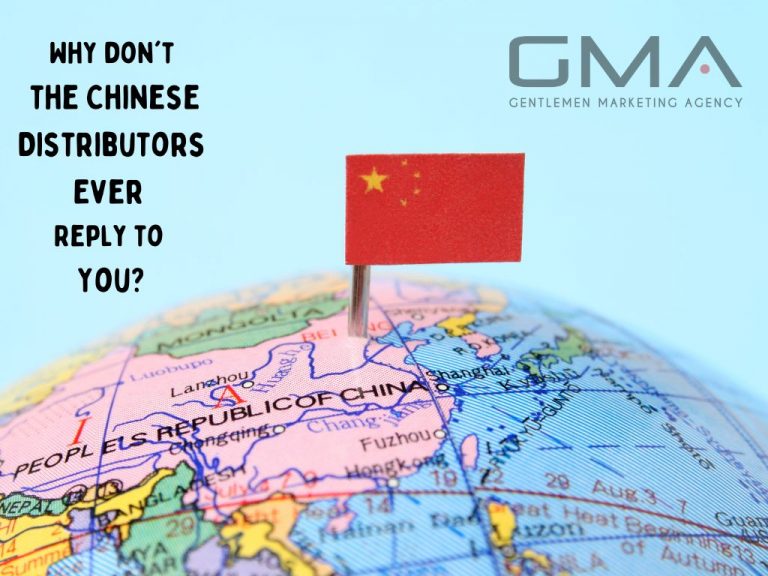The Chinese Food Market

The Chinese food market is booming, and there are plenty of opportunities for businesses looking to get a piece of the action. But breaking into this highly competitive market can be challenging. Here are some tips to help you get started.
How do brands effectively cut through the competition and succeed in China’s Food & beverage market?
Since the national milk scandals in 2008, the gutter-oil games events in 2010, and the mysterious floating pigs in Shanghai in 2013, Food and Beverage market has been facing huge challenges these few years.
Cost-Effective Agency
KPI and Results focused. We are the most visible Marketing Agency for China. Not because of huge spending but because of our SMART Strategies. Let us help you with: E-Commerce, Search Engine Optimization, Advertising, Weibo, WeChat, WeChat Store & PR.
Apart from food safety issues, marketing in China shows inherent complexities. China’s food history has long been intertwined with important regional flavors and cultural distinctions. It is quite a task for brands to reach the broad appeal of their products with such different geographic preferences.
According to interviews with over twenty recognized food experts across the country and a survey of about 750 Chinese adult consumers, both drawn by the Food Forward Trends Report 2014, these are the top five insights to help you better your product in the Chinese market:
UNDERSTAND THE CHINESE FOOD MARKET
Put natural choices first
Living a healthier lifestyle has had a great influence on purchase decision-making of food and beverage recently. In 2013, 41% of Chinese consumers consider great attention to the additive when choosing their products. Additives are their first concern ahead of fat (30%) and salt content (13%). Therefore, according to the research, products in season (65%) and local produce (55%) are important motivators when buying groceries. More than 55% of consumers surveyed assert buying organic foods very often or always do. This is particularly remarkable for products targeted at mums, who are 62% to say that they inspect labels for ingredients and additives prior to any purchase. The crucial element here is that if your product contains natural, organic, or other beneficial ingredients, promoting it through regular communication channels is good but emphasizing it on the front and back side labels of the product is better.
Exploit e-commerce’s potential
E-commerce shopping is still gaining popularity among consumers in China and it may be relevant for brands that might have relied upon traditional retail channels to consider new promotional strategies and sell their products online.
The most often bought products online are non-perishable snacks, such as chips or cookies, where four out of five shoppers (80%) say that they buy them online. Nonetheless, the perishable items’ market size isn’t far behind: nearly half of the shoppers (47%) choose to buy their daily products online.
Regarding foreign products, there are several specialty websites geared toward importing foods, such as tootoo.cn or yiguo.com to reach these special niche audiences. Finally, selling products on eCommerce websites isn’t just to increase the breadth of availability but can be a good strategy for brands to further lend credibility and drive more offline retail.
Invest in your Online communication to market your food Brand
Celebrities and Key Opinion Leaders (KOLs)’s power
Although recruiting an A-list celebrity to become their ambassador isn’t affordable for every brand in China, the need for influencer advocacy to be high is important when building a marketing strategy.
Advocates’ popularity remains strong among Chinese consumers with almost three out of four survey respondents (73%) telling that they are more likely to buy a product or visit a restaurant endorsed by a celebrity, spokesperson, or another advocate such as a KOL. Over half (56%) of survey respondents affirm that these endorsements influence them to purchase food products or visit restaurants two to three times or more, per month.
Use alternative methods to reinforce food safety claims
While having food safety issues still in mind, Chinese consumers are seeking multiple sources of information before making any purchase decision. The good news for foreign food manufacturers is that origination is the first criteria shoppers are looking at, with 84% saying that the origin is definitely important when choosing food products.
However, some consumers on social media remain suspicious about authenticity. Subsequently, ensuring the safety of import channels is as important as promoting the safety at the source. Secondly, more than half (56%) consider that government agency inspection approval is important to help to boost confidence in a brand. Finally, friend recommendations (34%) and online reviews (26%) are also notable elements for consumers when making food safety decisions. It is now more crucial than ever to have a strong online presence and build up a social community of supporters.
Importance of lifestyle, traditions, and family

Among the people surveyed, 70% of them consider that cooking and eating out is hugely important to their social life. Thus, emphasizing brand communication on helping bring friends and family together can be meaningful as part of a social and lifestyle-oriented campaign.
Moreover, when making decisions on what or where to eat, family traditions still remain a driving force for consumers. About three-quarters, (74%) of surveyed people agree on the fact that passing down traditional recipes is very to extremely important. Therefore, any element that reminds traditional Chinese recipes may help in attracting attention and increase purchase behaviors






